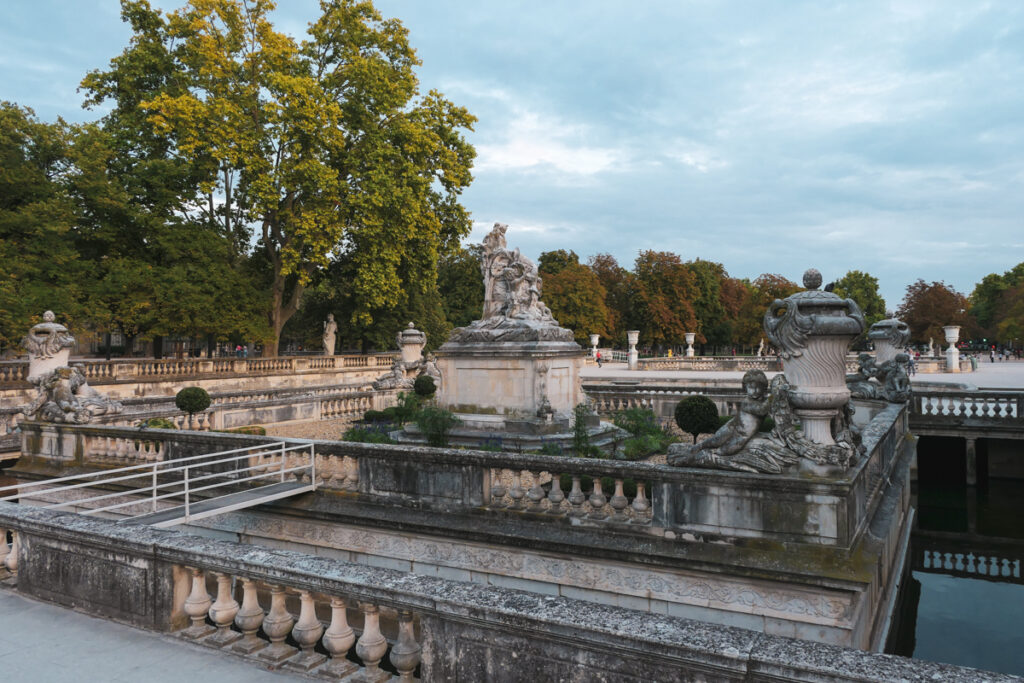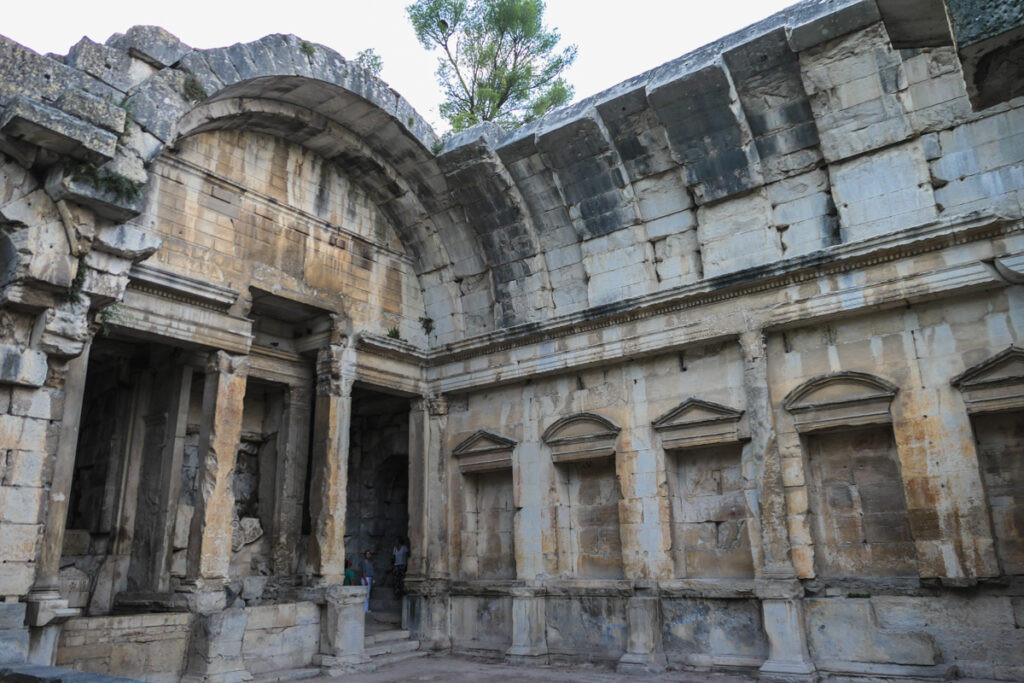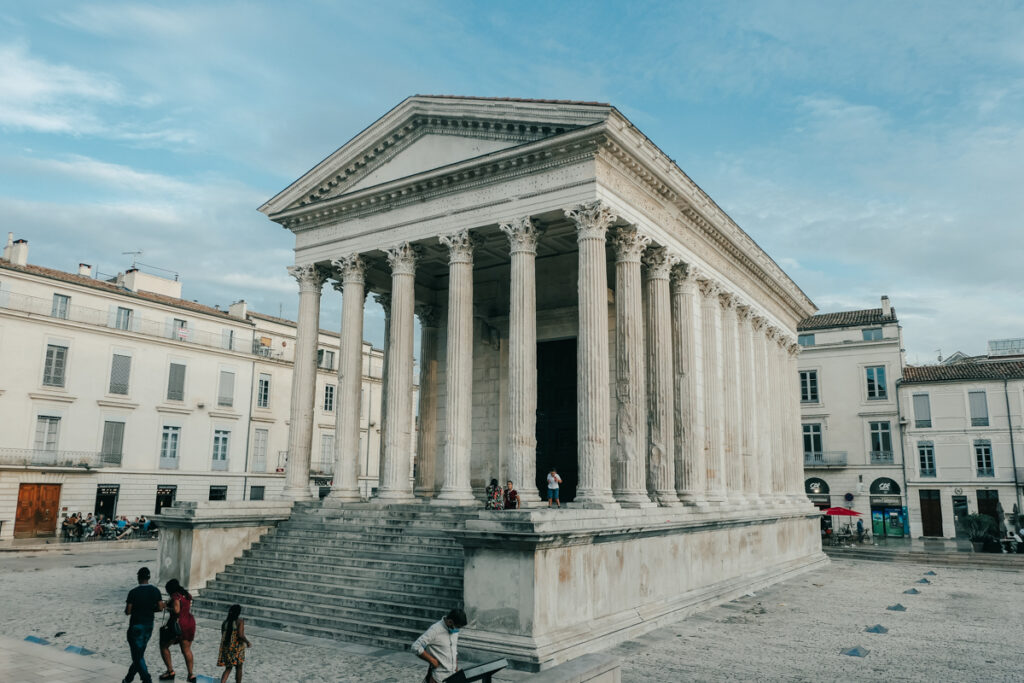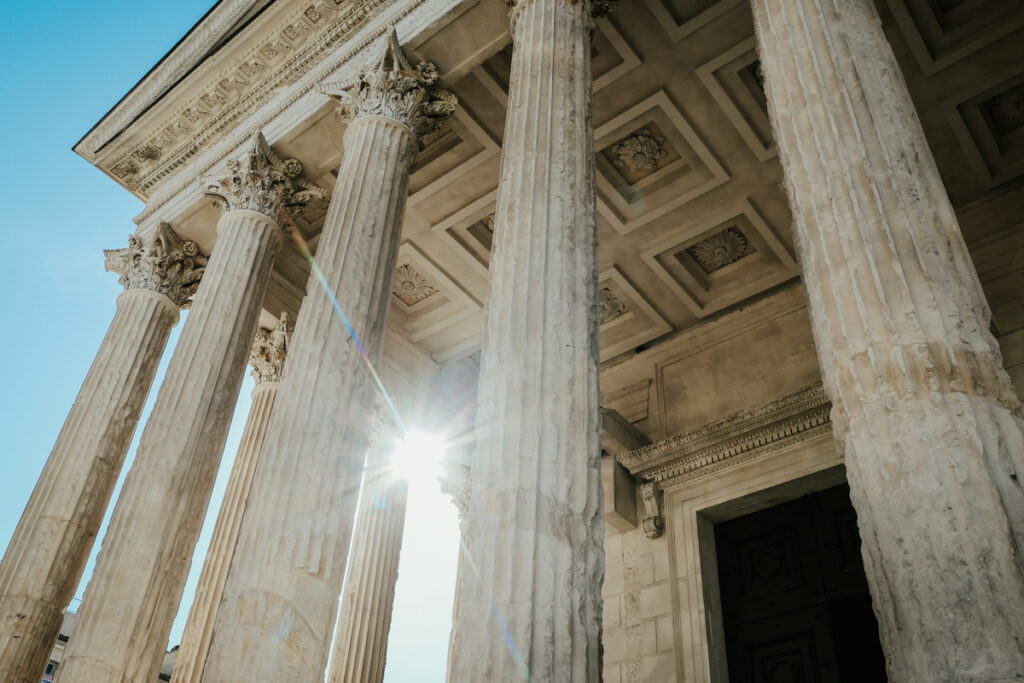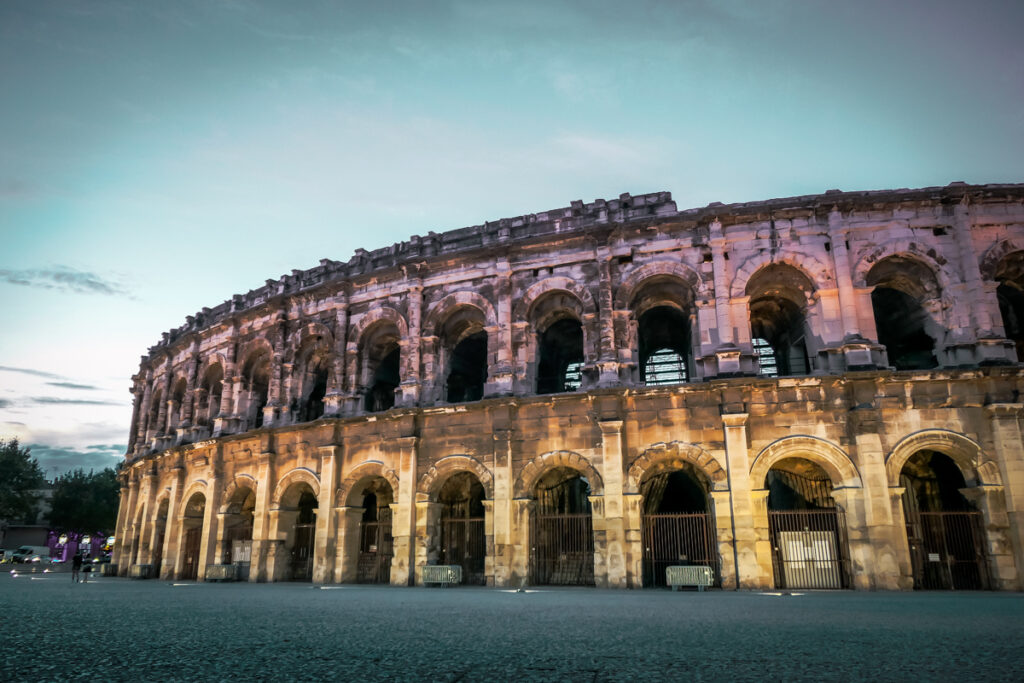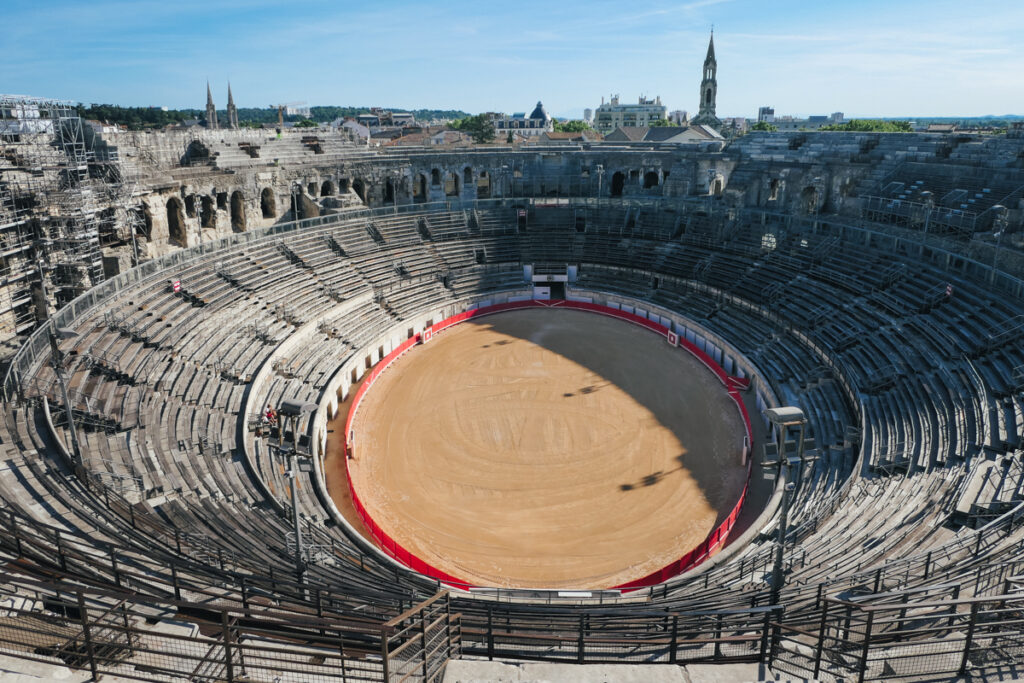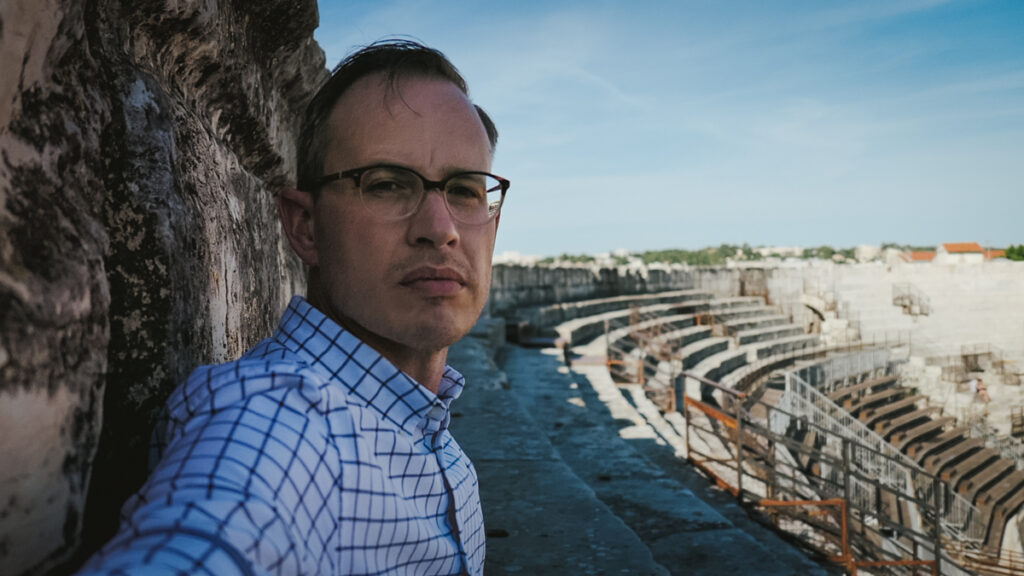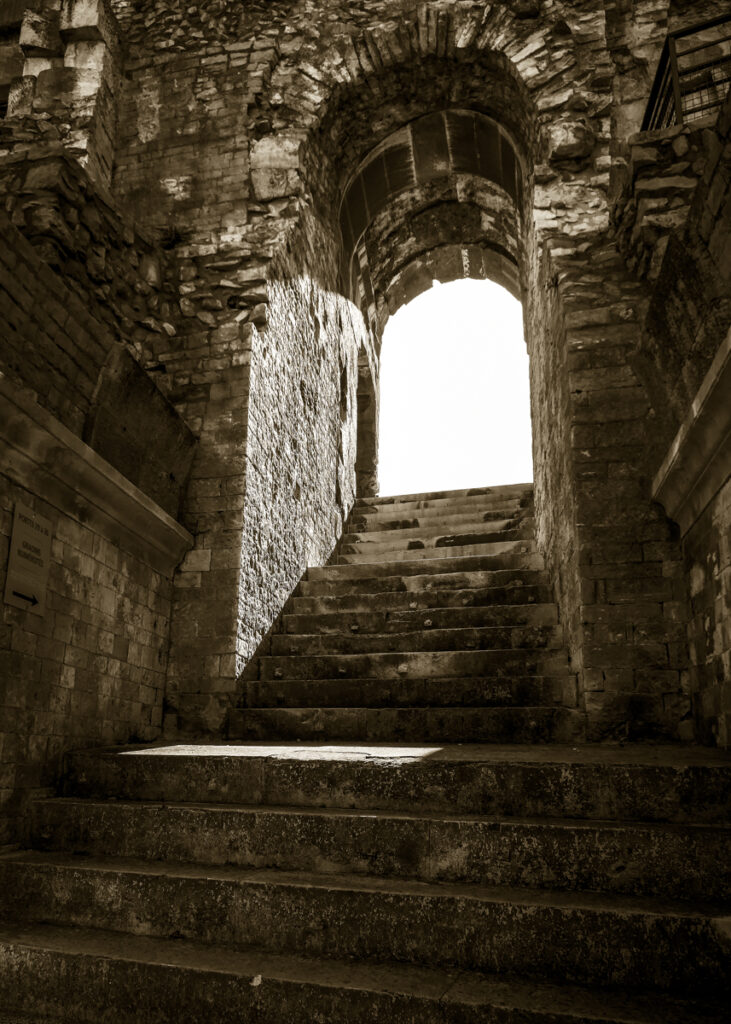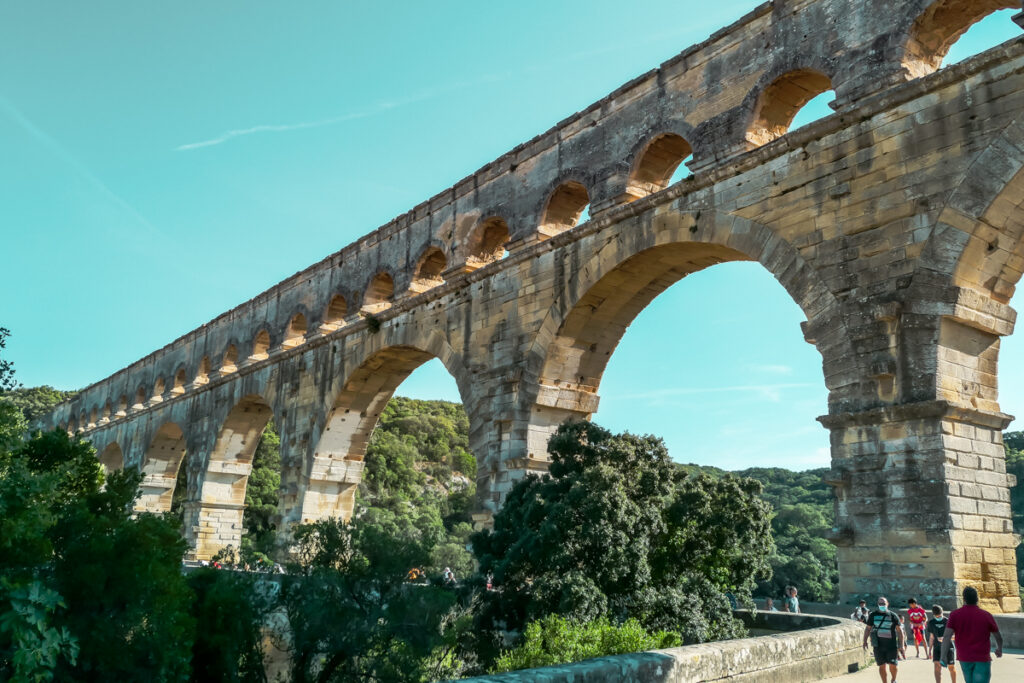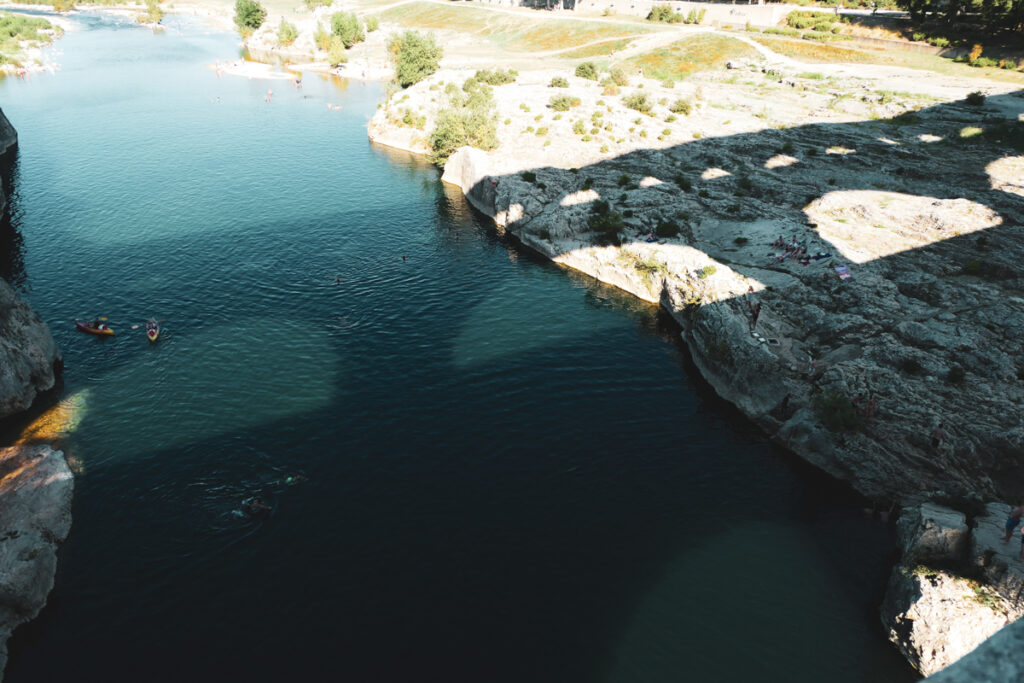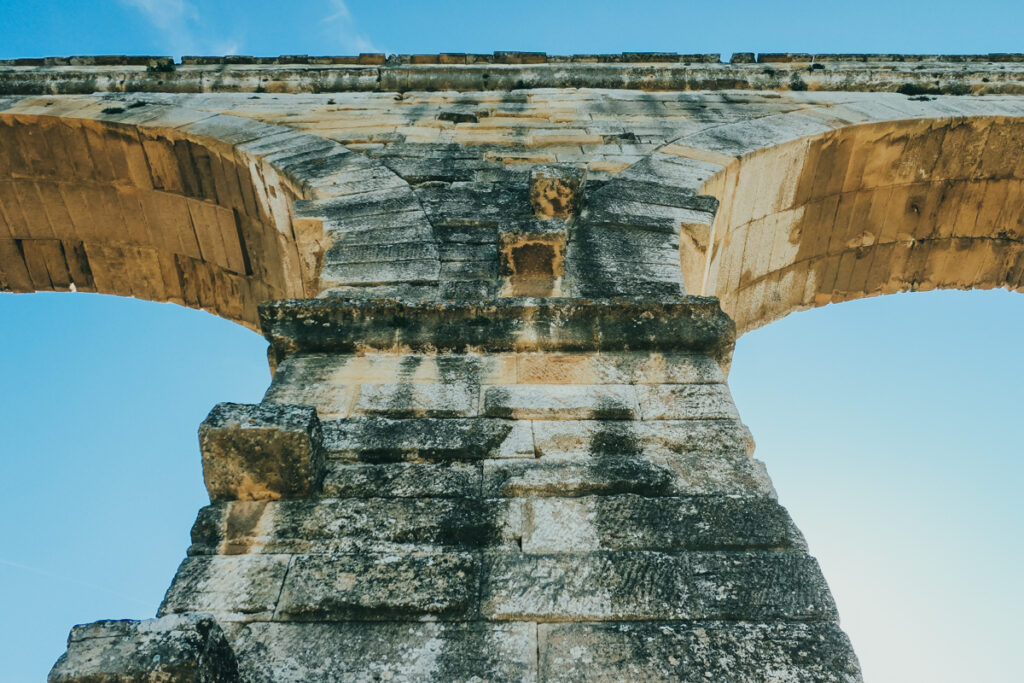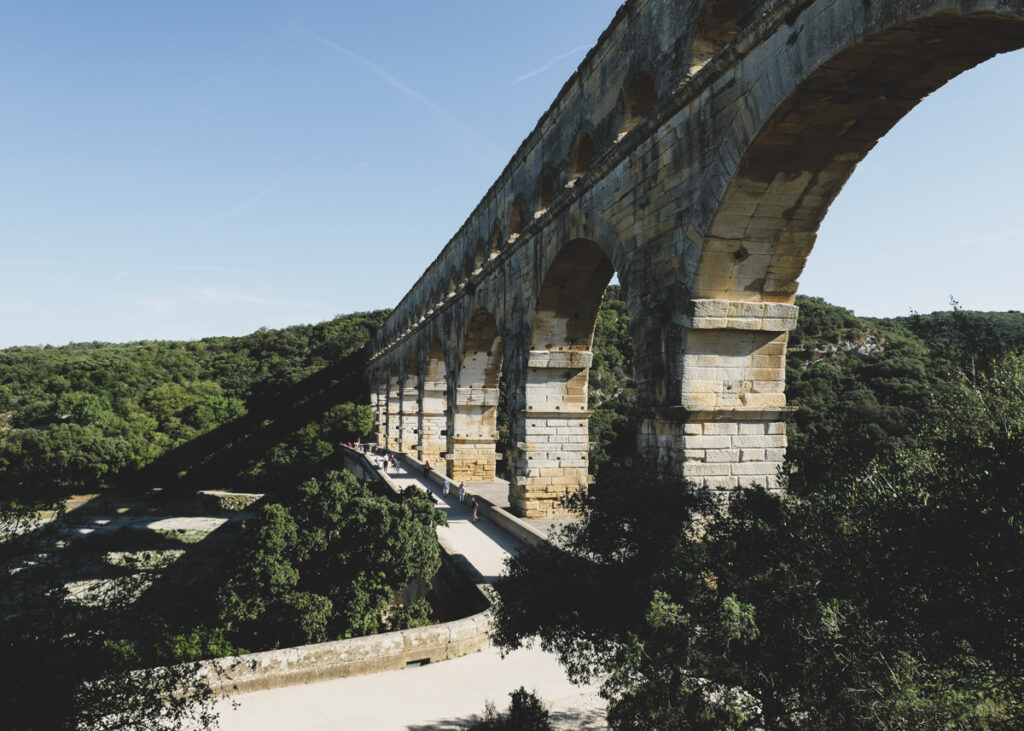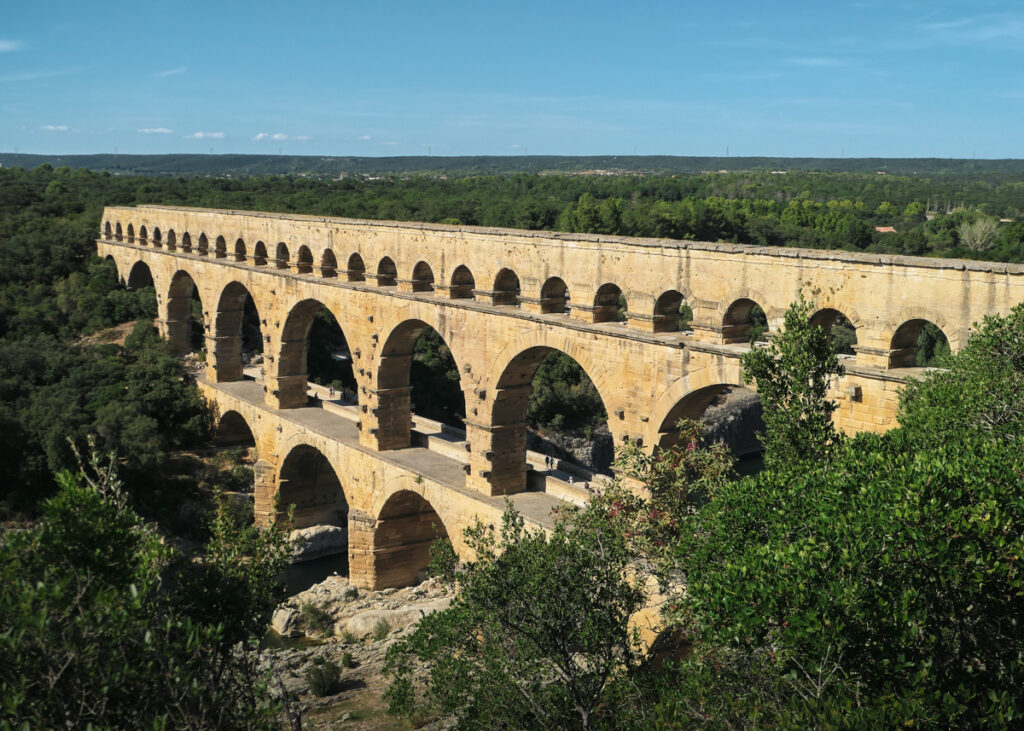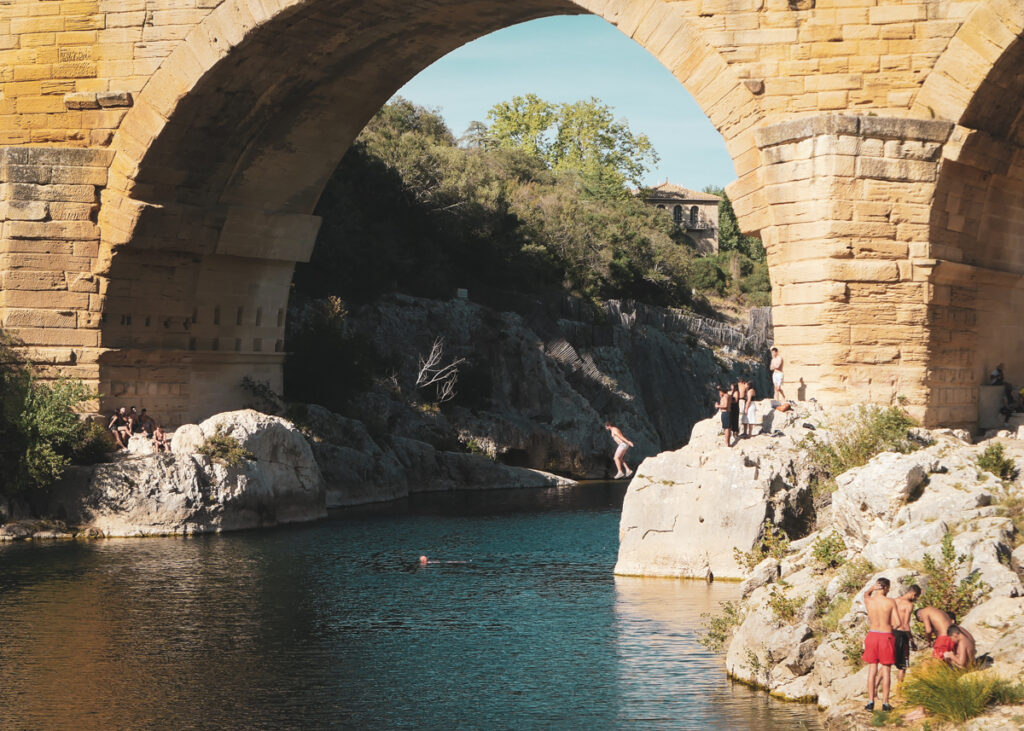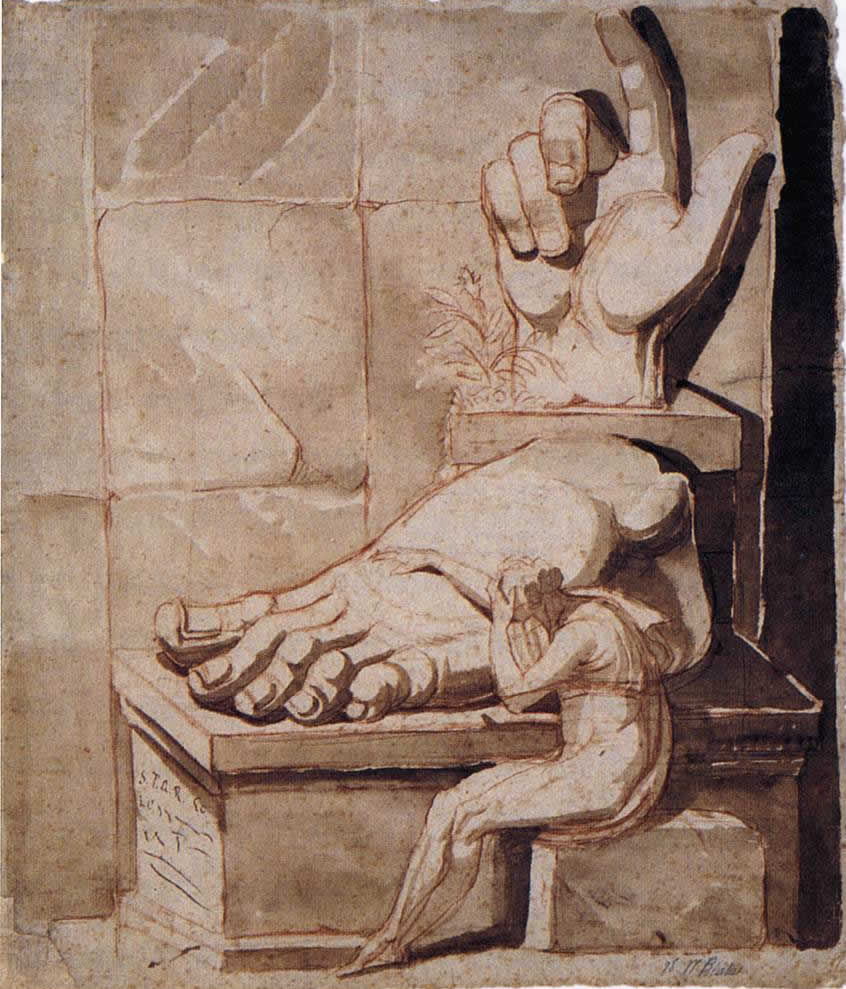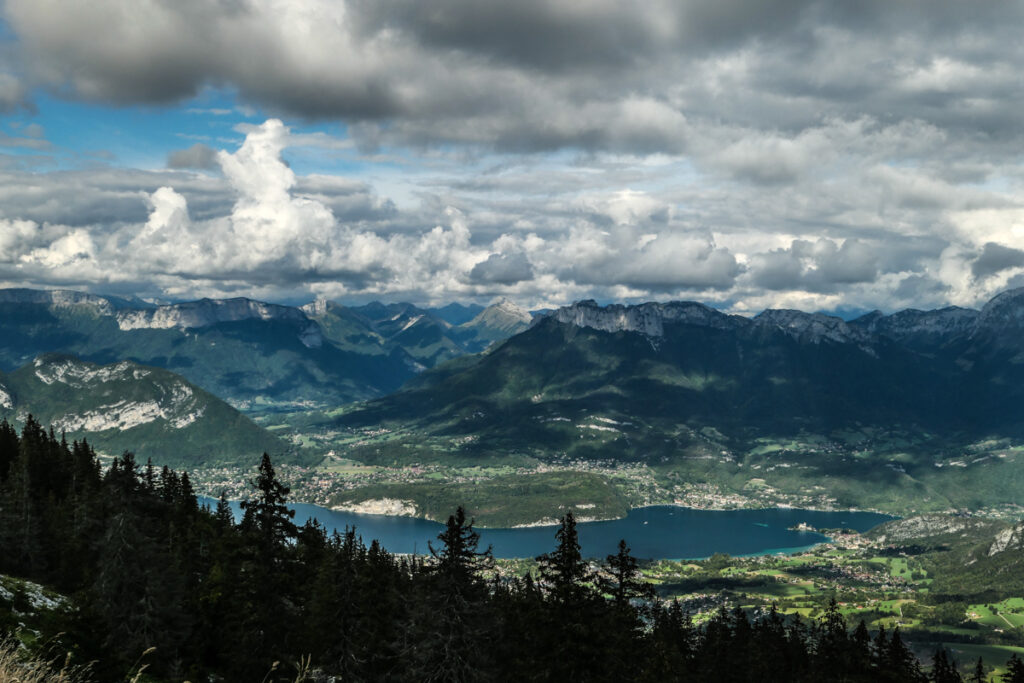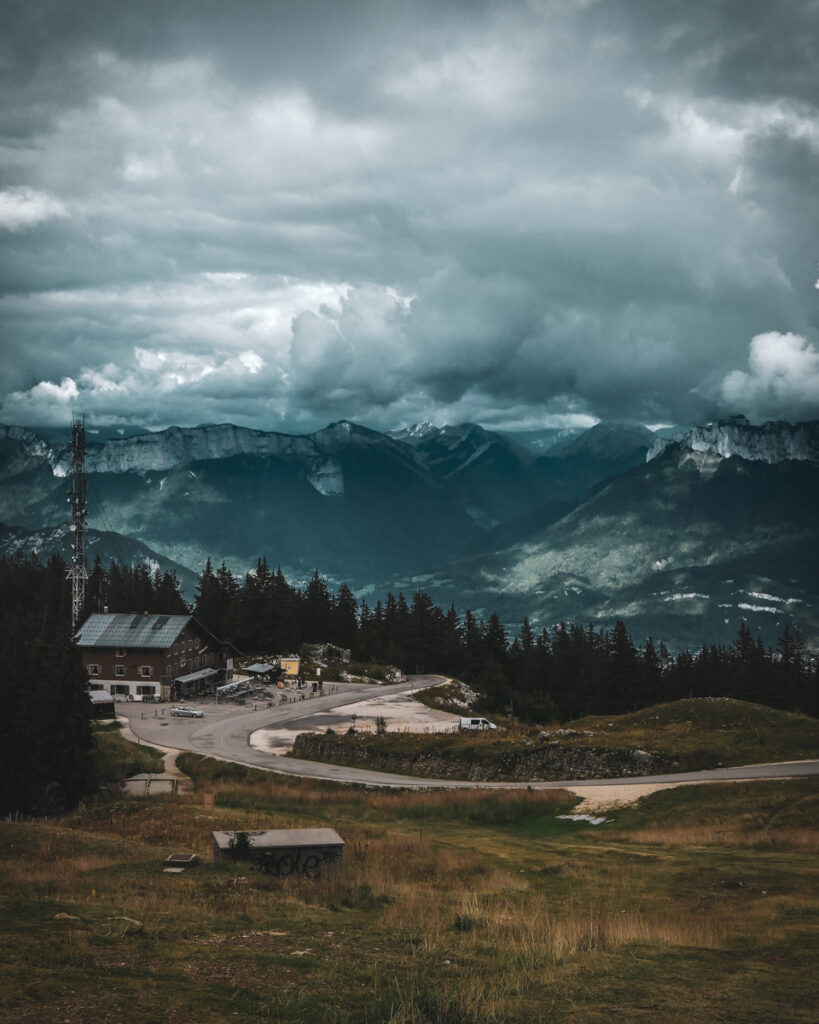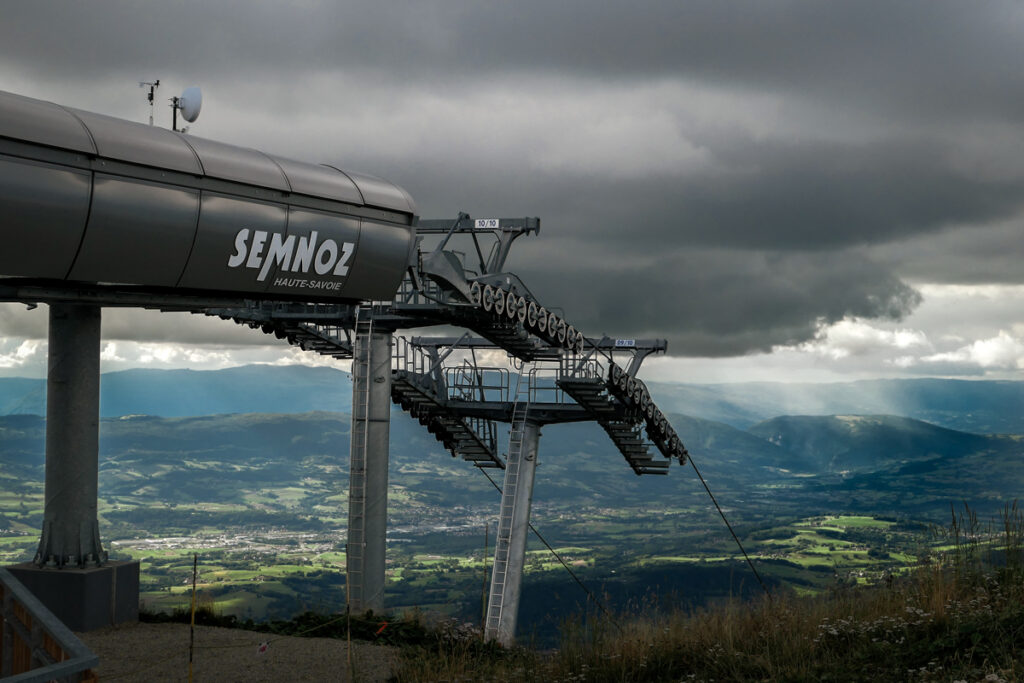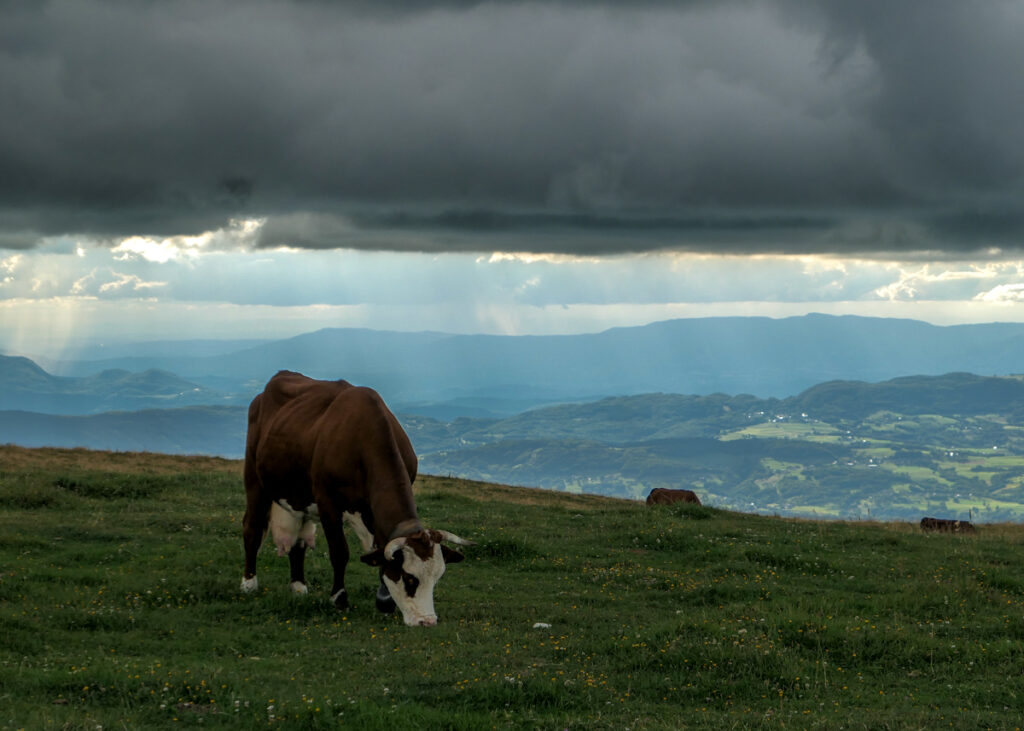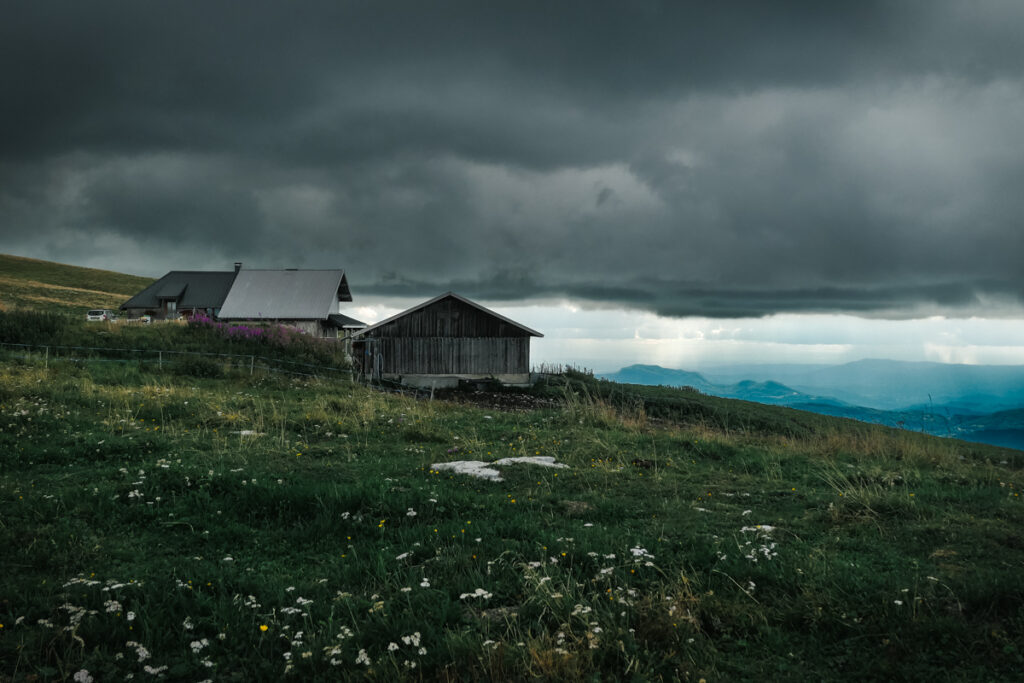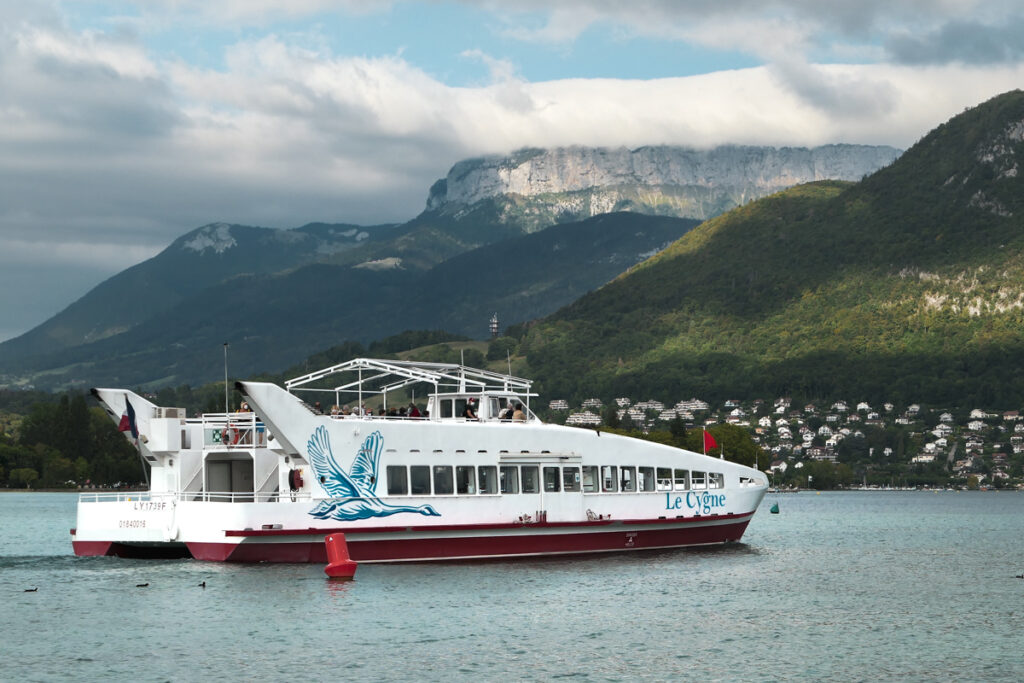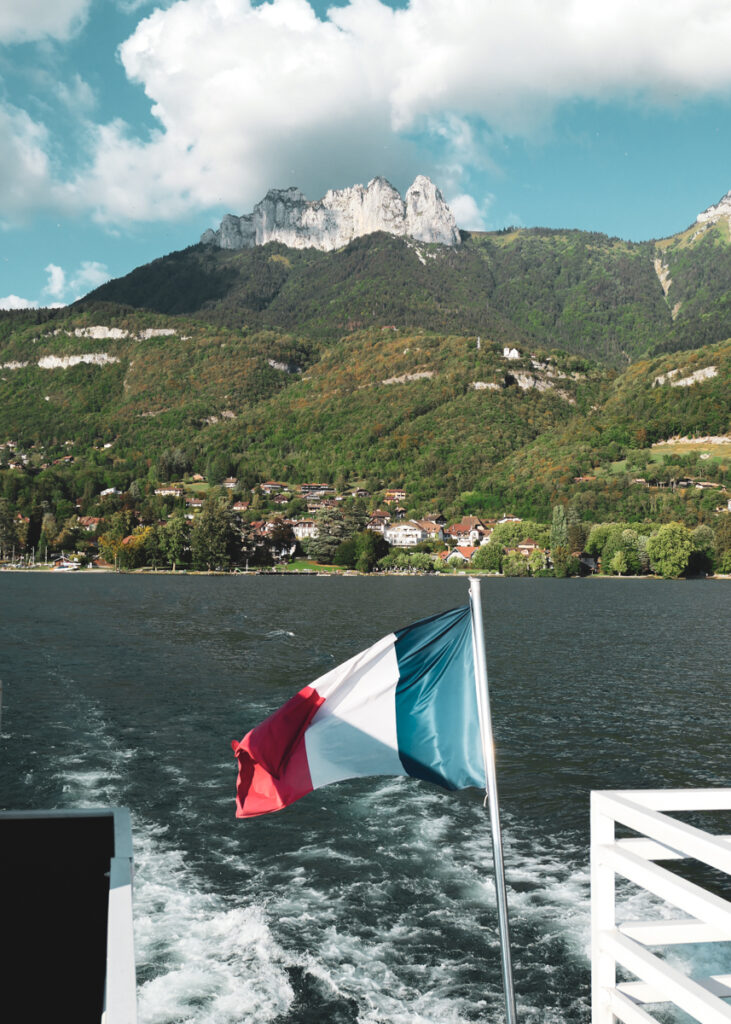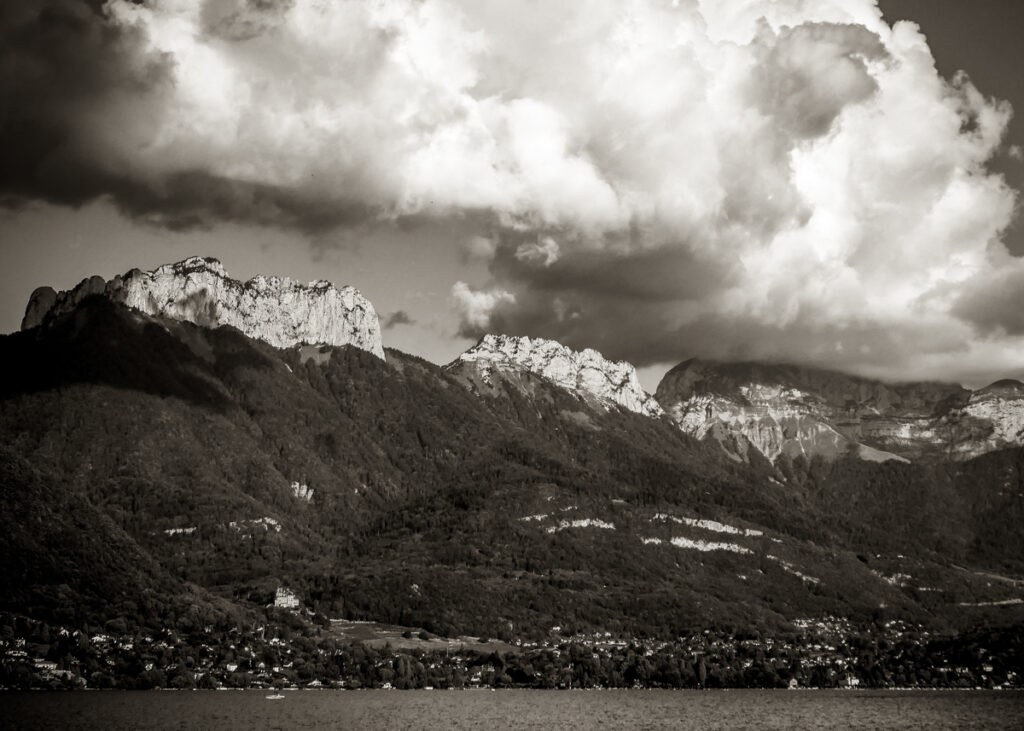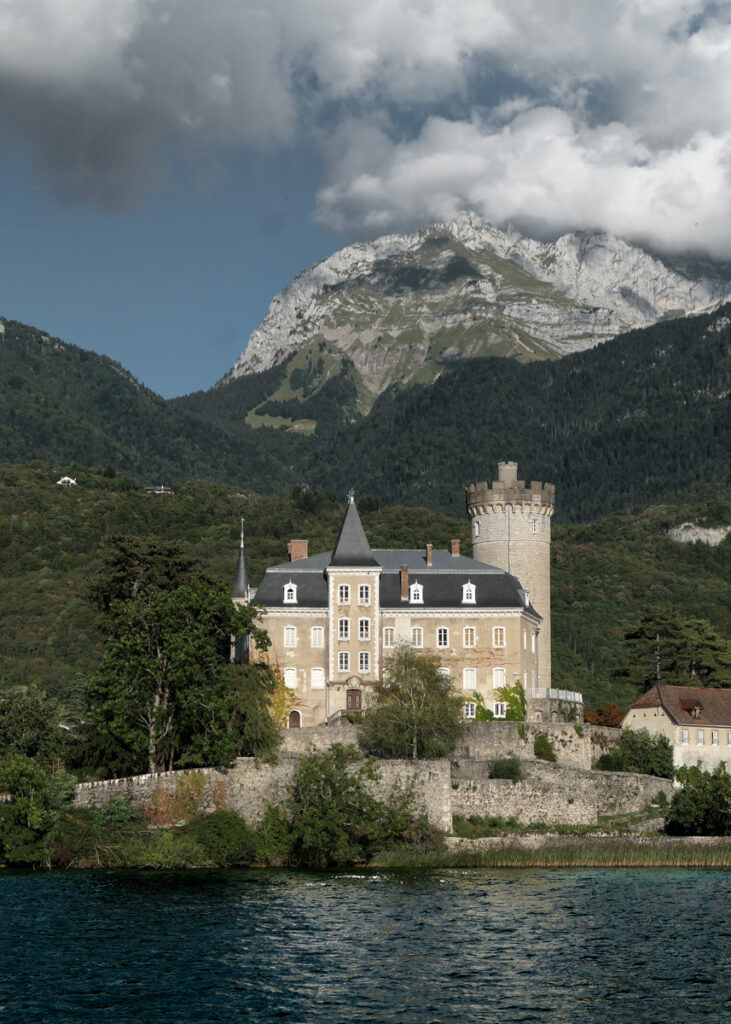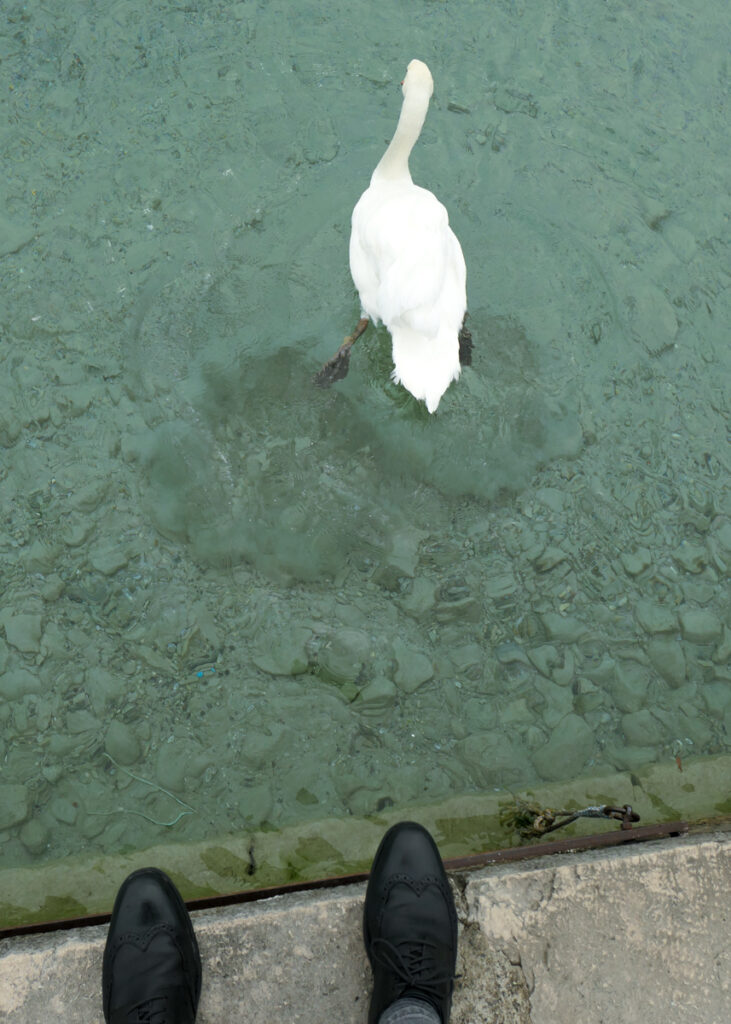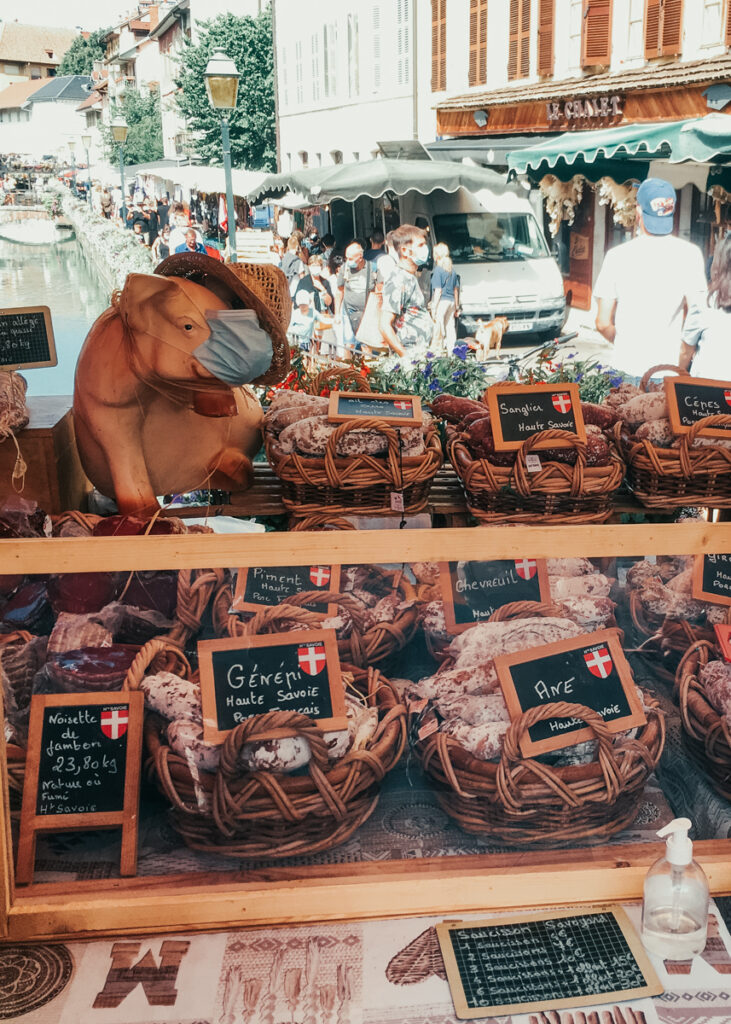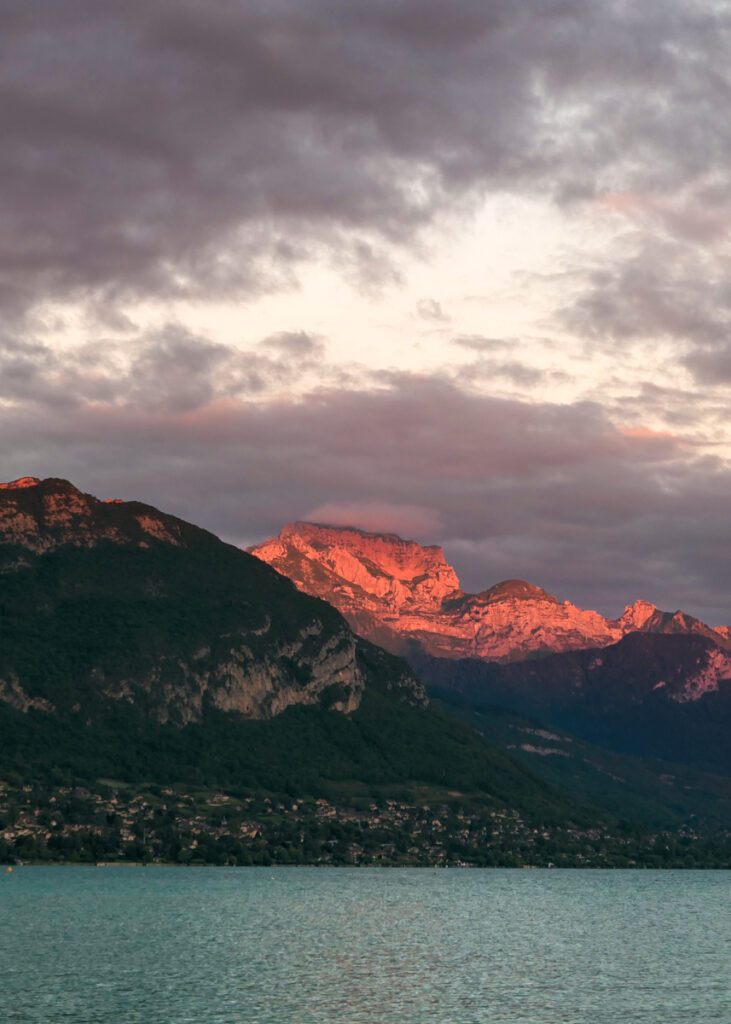Being back in France means traveling once again, therefore last weekend I visited the ancient city of Nîmes in the south of France. It sits between Montpellier and Marseilles and is only about 20 miles from the Mediterranean coast.
After the conquest of Gaul in the 1st century BC, Nîmes became an important Roman colony that flourished for 400 years and is today sometimes called the most Roman city outside of Italy. It would be an understatement to say the Romans left a mark, and indeed, that is the whole reason I visited.
There are many things to see right in the middle of downtown. Here is Les Jardins de la Fontaine (fountain gardens). The paths and statues date from more recent times (18th century), but they are located at the source of a spring which existed from antiquity and still runs today. The Gallic tribe that founded the city prior to the arrival of the Romans called the god of the spring Nemausus, from which the later name of Nîmes derives.
The garden is a large complex with trails and fountains and a wooded hill with views of the city. I saw a lot of joggers and I wondered if they knew they were jogging in paradise. Also in the gardens can be found the ruins of the so-called “Temple of Diana” which however was not a temple, and is thought now to possibly have been a library. It was built in the 1st century AD. It is open and you can wander all over it unsupervised. Which I did.
But if you do want to see an actual temple the Maison Carrée is only a few blocks away. This was built under the reign of Augustus and was dedicated to his two grandsons. After the Romans exited stage left it was subsequently used as a town hall, private home, a horse stable, a church, and a museum. Somewhat miraculously it survived all these ill treatments and remains today possibly the best preserved Roman temple in the world. Thomas Jefferson based the design of the Virginia State Capitol on this building.
According to Vitruvius (the guy who literally wrote the book on architecture), a temple should always have an odd number of steps “for thus the right foot with which one mounts the first step, will also be the first to reach the level of the temple itself.” It was apparently disrespectful to arrive at the entrance with your left foot. The builders here did not forget, I counted 15 steps.
Within a few minutes walking distance of these attractions is the Arènes de Nîmes, a Roman amphitheatre that is also exceptionally well-preserved. In fact it is still in use today for concerts, bull fights and other events, 2000 years after the Romans kindly built it for us. When not in use for other purposes you can buy a ticket and tour the place yourself. I went early on a Saturday morning and was just about the only person there.
Here again I was surprised at the freedom they allowed me as well as the absence of intrusive and annoying safety precautions (ahem, UK, but America is pretty bad too). Even being cautious it would not be difficult to trip down the stone steps and bien injure yourself. In America I think this is the sort of place you’d be required to wear a hard-hat and a climbing harness and be closely supervised. Potential danger abounds not just amongst the bleachers: there is no guardrail along either the second story – where you are free to walk right through the arches to your death – nor along the top row of the stadium where you are again free to walk straight off the edge if you prefer to drop from a greater height.
Indeed according to information on the internet, isolated visitors have been prohibited since 2013 and you must be in a group of at least 2 people to tour the arena. At the time there had been an unusual streak of suicide attempts, five in the space of two months that killed three and paralyzed a fourth (the fifth was dissuaded at the last moment). But if that is still the rule, it was not enforced on this day. I wandered around alone without supervision, and since I am not presently suicidal, I had a wonderful time.
Ruins, temples, and arenas are not all. The main attraction is actually the tallest aqueduct known in the Roman world, located miles out of town. It is called Pont du Gard and to visit you will need a car or you can take a bus as I did, if you can figure out the schedules and are there at the right time.
Like the temple and arena the aqueduct was built in the 1st century AD. Pont du Gard is actually only a small – but very impressive – section of the entire work which traversed more than 30 miles and brought water from springs near Uzès to Nîmes (the Uzès springs are still in use today). Much of the aqueduct was actually underground, or followed at ground level the contours of the terrain (the Roman’s preferred method where possible, even if it meant taking a longer route to the destination), but here an unavoidable valley crossing had to be made, and thus this water bridge (pont means bridge, the river it crosses is the Gard).
The structure was built using more than 11 million stone blocks. Except for the top course that carried the water, it was assembled entirely without mortar and is held in place to this day by gravity and the consummate skill of the Roman builders. The bridge rises 160 feet above ground (49 meters) and was nearly a quarter mile long.
In addition to the astronomical cost to build the aqueduct, the Romans also footed the bill to maintain it for 250 years. Following various invasions by the Vandals and Visigoths during the 4th century it began to fall into disrepair but it is nevertheless believed to have continued to carry water for another couple hundred years after the collapse of the Roman empire.
Over the centuries it has withstood the ravages of time, nature, and man (it is hard to know which of the three is most destructive). Even in recorded history it has weathered extreme weather events, including a flood in 1958 that submerged the entirety of the lower tier and completely washed away modern bridges along the same river. Pont du Gard was unscathed.
France has had a record hot September and the day I visited the bridge was a scorcher. I had somewhat stupidly followed my usual habit of avoiding all liquids on busy sightseeing days, in order to avoid having to water the bushes. Thus after all morning climbing around the arena, a long wait in the sun at the bus stop, and then walking to the bridge site I found myself already weak from dehydration by the time I arrived. I had signed up for a guided tour and my bus arrived just before it began so there was no time to see if the gift shop sold water (but it didn’t).
Anybody can walk across the bridge along the middle section but the guided tour takes you to the top course where you cross over by walking inside the water channel itself, which is quite large enough to accommodate a human. The crossing only takes a few minutes but the tour lasted well over an hour as we wandered around the woods and hillsides and stopped in the blazing sun to discuss this or that. Afterwards I had two more hours to explore until the bus arrived, which I profitably spent by getting lost in the woods, sweating, hallucinating, feeding the mosquitoes, and trying most of all to be sufficiently awed by what I knew was a once in a lifetime experience, quickly slipping through my fingers.
Pont du Gard is something I had read about and seen pictures of years ago, from the comfort of my couch in my air conditioned apartment. Considering such a fascinating historical masterpiece in a relaxed environment lent itself to long and pleasant hours of thinking wistfully about the Roman empire, the wisdom of the ancients, and all the glories of antiquity more generally. Sadly we can’t be magically and effortlessly transported from our couch to a shady riverside in a foreign land. But if by some miracle we find ourselves on the other side of the world in real life, necessarily after some long and strange journey that we have yet even to process, and possibly not even in the shade, we may find our thoughts are not what we imagined they would be. On this day I admit to thinking a lot more than I wanted to about whether heat stroke was in my near or immediate future, wishing I had brought some water, or my swimsuit, and worrying about missing the bus back to town.
Later, when I had made it back to town and sufficiently re-hydrated myself, my thoughts did turn once again to the Romans. Incredibly, I learned the aqueduct was probably more a prestige project than a literal necessity – as mentioned above Nîmes has a very generous spring right in the middle of town that fills canals and feeds water fountains to this day. But the Romans liked their public baths (Nîmes had seven), and they also wanted to be able to flood the arena in order to hold mock naval battles – you know, when the fancy struck.
Looking up at the amphitheatre in town one can’t help but wonder how on earth any people could have the energy to raise that much rock into the sky. Did the Romans never sleep in on Saturdays? But not only did they build the Colosseum in Rome, and the one in Nîmes, and another in Arles less than 20 miles down the road from Nîmes, but those overachievers built well in excess of 200 such amphitheatres all around the empire. We are impressed with the remains of but one; back in the day they were literally commonplaces – in both meanings of the word.
Like anything more than ten minutes old, the Romans are frequently looked upon cynically by the moderns. Were the Romans truly a great people? I think we’ve all read accounts of a few that weren’t so cuddly, but there is a difference between individuals on the one hand (nasty examples of which exist in all times and places), and cultures, societies, or civilizations on the other. The real question is not whether they were perfect, but rather, are we become any better?
The Romans created such beauty and grandeur that even mere remnants still awe, inspire and enrich people to this day. What are the cultures, societies and civilizations of today going to leave the people a thousand years from now? What words could we use to describe even our architectural legacy (let alone political, cultural, or philosophical)? I have thought long and hard about this one, and beauty and grandeur are not on the list.
Whatever else may be said, the Romans spent their energy on things which make me happy to see and think about 2000 years later. This earns them my respect. Indeed I respect them for many things, but most of all for their ceaseless striving towards higher things.
But the Romans don’t need me to defend them. Go stand under Pont du Gard, they can still speak for themselves.
